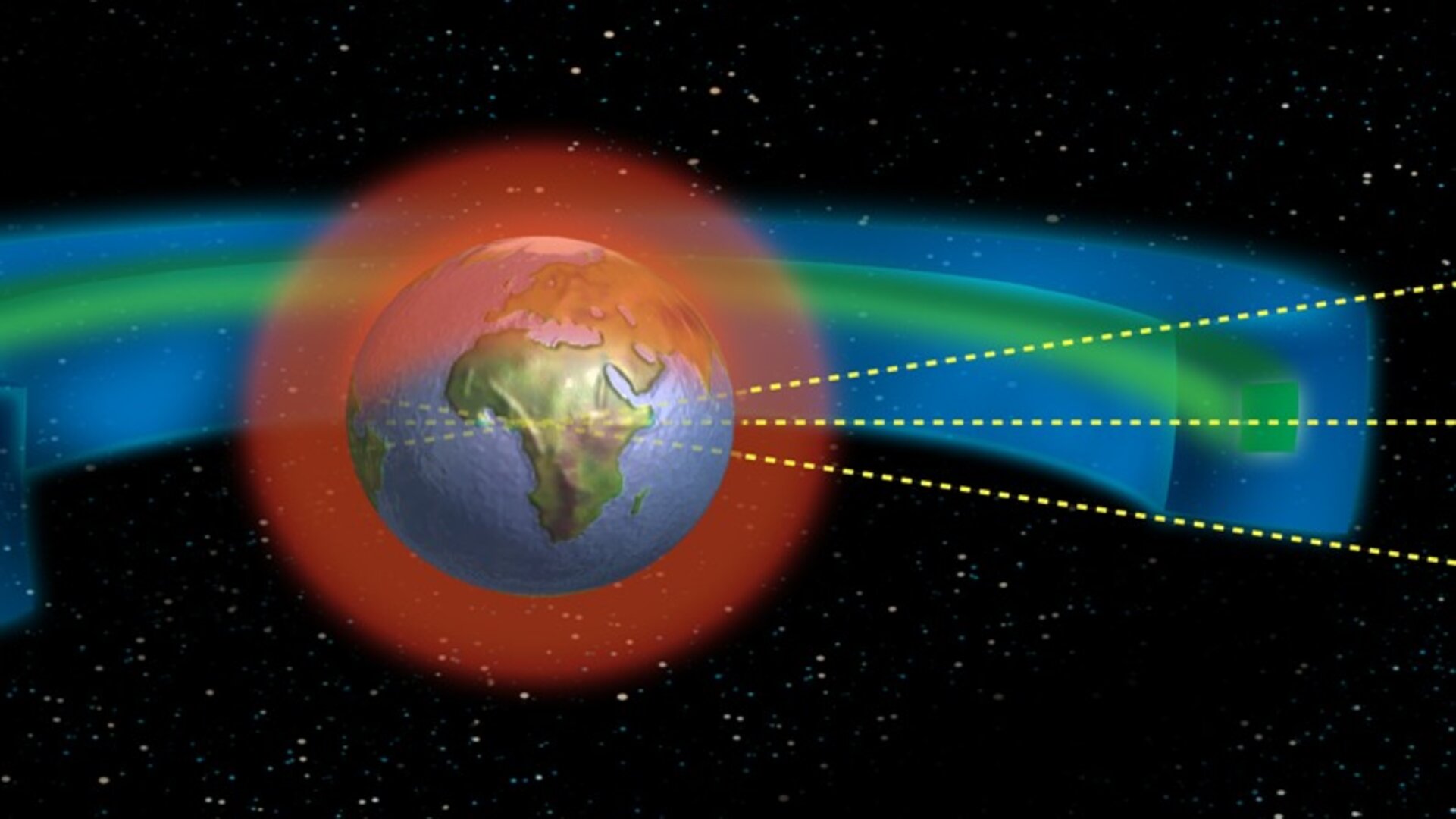Key findings from the 5th European Conference on Space Debris
During the 5th European Conference on Space Debris, 30 March to 2 April 2009, held at the European Space Agency, Darmstadt, Germany, experts from a wide spectrum of disciplines communicated their research results through 100 oral presentations and more than 40 poster presentations.
The conference was attended by some 330 participants from 21 countries, making this the largest dedicated space debris conference in the world.
Key areas were measurements and debris environment characterisation, environment modelling and forecasting (including orbit prediction aspects), risk analysis for the in-orbit and re-entry mission phases, protection and shielding, debris mitigation and remediation, and debris policies and guidelines.
As a special topic, the surveillance and cataloguing component of Space Situational Awareness (SSA), was addressed.
Scroll to bottom for main conference findings.
Highlights and key findings
In his keynote address, Gerard Brachet, former chair of the UN Committee on the Peaceful Uses of Outer Space (UNCOPUOS), reviewed the status of debris environment characterisation and identified the need for concerted actions toward sustainable use of outer space. A corresponding UN Scientific and Technical Sub-Committee (STSC) activity has recently been initiated. It will build upon past UN space debris activities, which led to a first set of UN space debris mitigation guidelines in 2007.
In the Measurement and Space Surveillance area, the airborne, multi-instrument re-entry observation campaign of ESA's Automated Transfer Vehicle (ATV), in September 2008, is expected to increase our understanding of re-entry and break-up physics, leading to more reliable risk estimates in the case of uncontrolled re-entries. Moreover, the new US Space Surveillance Network S-band fence will further lower the size threshold of space objects that can be routinely tracked and catalogued, hence (among other achievements) also improving collision avoidance capabilities. Besides, optical measurements have improved our knowledge of the debris population in high earth orbits, including GEO (Geostationary Orbit), and of high area-to-mass objects on eccentric orbits. In addition, several beam-park experiments (mono- and bi-static), involving European radars and radio telescopes, provided debris data down to 1-cm sizes.
In the Modelling and Orbit Prediction area, the most recent NASA (ORDEM 2008) and ESA (MASTER 2009) models of the space debris environment were discussed, and long-term environment stability analyses were compared. The orbit-related contributions addressed the stability of disposal orbits, particularly for navigation constellations, and they looked at ways of extracting orbit and orbit uncertainty information from optical and radar measurements, and from US Catalog data.
In the area of On-Orbit and Reentry Risk Analysis, the focus was on collision avoidance services and supporting risk analyses for LEO (Low Earth Orbit) and GEO (Geostationary Orbit) objects. Reentry risk assessments, based on a detailed simulation of the underlying break-up processes, was another focus of interest.
In the area of Mitigation, the current status of international, national, and agency-specific guidelines or requirements on space debris mitigation was described. It was noted that these can only be a first step toward maintaining a safe space debris environment. Space debris remediation, i.e. active debris removal from orbit, was identified as the next necessary step. Several contributions addressed technical and operational aspects of implementing such measures.
In the area of Hypervelocity Impacts and Protection, the latest results were presented on accelerator technologies, debris shield optimisation and damage prediction tools. Examples of impacts on the International Space Station (ISS) highlighted the importance of protective measures.
In the area of Space Surveillance, European researchers presented their proposals for optical and radar sensors, and for data processing methods for a European Space Situational Awareness System (SSA). They looked at expected detection, correlation and cataloguing performances. US and Russian surveillance experts provided some insight into their experience gained over some 50 years of service. Many participants encouraged international cooperation and/or coordination of surveillance activities.
With the high quality presentations by a truly international community of experts, the 5th European Conference on Space Debris provided a comprehensive snapshot of the current state of space debris research.
The aspect of space surveillance, which was for the first time included as a main theme, showed a high degree of commonality with several of the traditional topics of this conference. Such synergies should also be pursued in future events.
The 5th European Conference on Space Debris demosntrated a well-established, consolidated knowledge base on the understanding and protection of the current space debris environment. This consolidated knowledge has led to internationally accepted concepts of space debris mitigation.
Main conference finding
However, it is common understanding that mitigation alone cannot maintain a safe and stable debris environment in the long-term future. Active space debris remediation measures will need to be devised and implemented. This is the main message from this conference.
While such measures are technologically demanding and potentially costly, there is no alternative to protect space as a valuable resource for the operation of indispensable satellite infrastructures. Their direct costs and the costs of losing them will by far exceed the cost of remedial activities.
Contact
Dr Heiner Klinkrad
Chair, 5th European Conference on Space Debris and Head of ESA Space Debris Office
ESA/ESOC, Darmstadt
Tel: +49-6151-90-2295
heiner.klinkrad (@) esa.int
Jocelyne Landeau-Constantin, Head of ESA Communication Office
ESA/ESOC
Robert-Bosch-Str. 5
64293 Darmstadt
Tel: +49-6151-90-2696
jlc (@) esa.int






